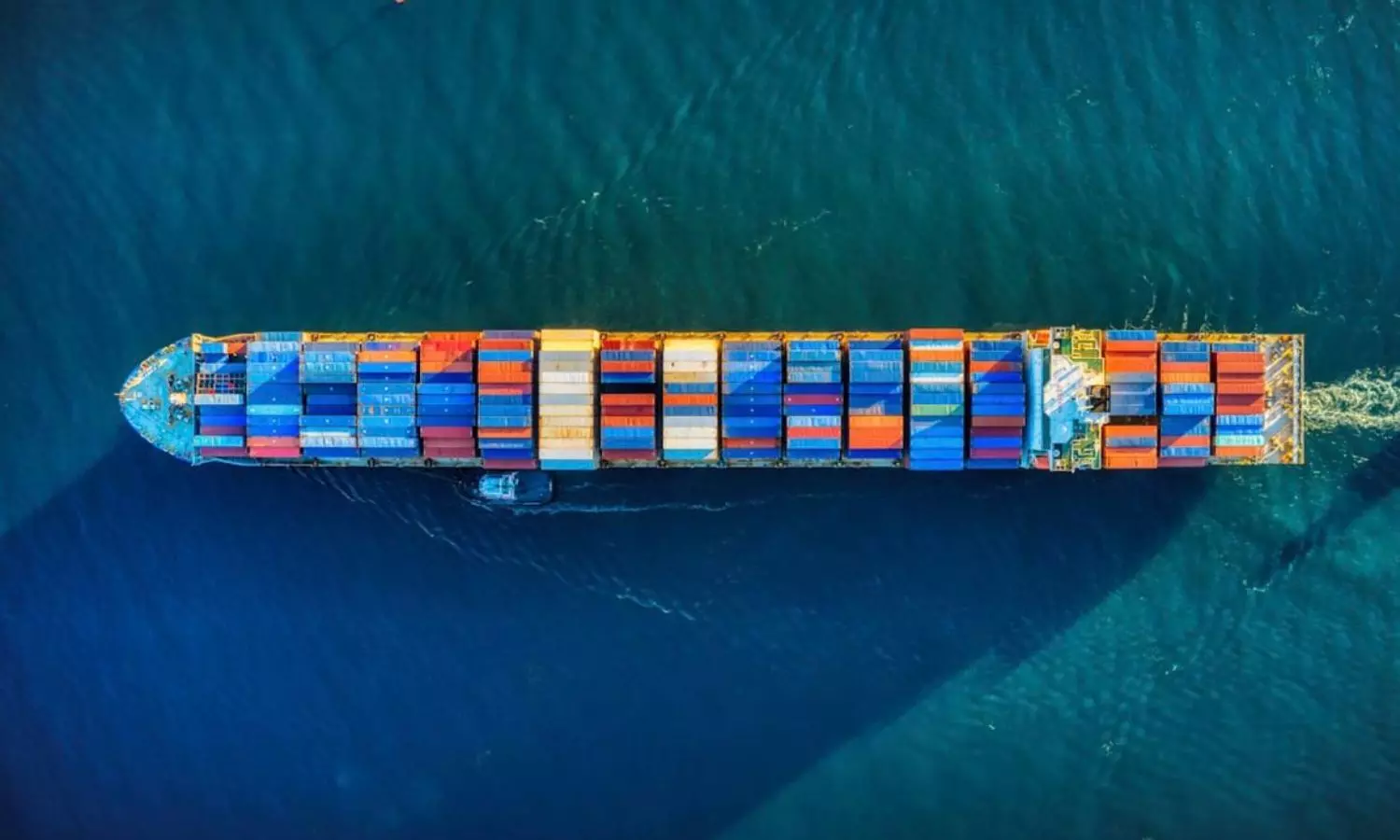Cargo movement through waterways grow six-fold in 10 yrs

Representational Image (Photo: X)
Chennai: Cargo transport through waterways has surged six-fold in the past decade with the development of new national waterways.
Cargo transport which stood at 18.1 million tonnes in FY14 has gone up to 132.9 million tonnes in FY24, finds Crisil. The government has set targets of 200 million tonnes by FY30 and 500 million tonnes by fiscal 2047.
Currently, the logistics landscape is dominated by road transport accounting for 65 per cent of the freight, followed by rail transport at 26 per cent, and the remaining 9 per cent is the share of coastal shipping, inland waterways, pipeline and air.
India’s inland waterways, which are cost-effective, environmentally sustainable and efficient mode of transport, had lacked investments for decades. The cost of transporting one tonne of freight by waterways is about Rs 1.06 per km, compared with Rs 1.36 per km by railways and Rs 2.50 per km by roads. Water transport produces lower emissions, less noise and consumes less energy, making it an environmentally friendly alternative to the traditional road and rail transport.
“Cargo movement by water is still in its initial phases. Though the cost-per-km is low, lack of adequate infrastructural facilities increases cost and leads to delay in transport. More investments are needed to link the cities along the sealine as well as through inland waterways,” said K Unnikrishnan, joint director general, the Federation of Indian Export Organisations.
In 2016, the government announced the development of 106 new national waterways. The number of operational waterways increased from three in FY14 to 26 in FY24.
Jal Marg Vikas Project (JMVP), launched in 2018 with a financial outlay of Rs 5,369.18 crore, aims to increase the capacity of National Waterway 1 (NW-1), which spans 1,390 km along the Ganga-Bhagirathi-Hooghly river system from Haldia to Varanasi.
( Source : Deccan Chronicle )
Next Story

